Carbon Chemistry LTD
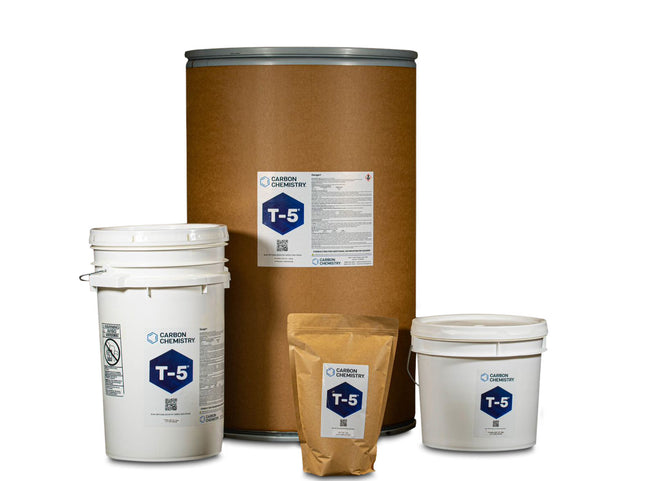
Carbon Chemistry T-5™ Neutral Activated Bentonite Clay
Carbon Chemistry T-5™ Neutral Activated Bentonite Clay T-5™ Neutral Activated Bentonite Clay is an excellent filtration media with a neutral pH. It is designed for fast filtering, with less clogging than you would normally expect. Carbon Chemistry T-5™ Neutral Activated Bentonite Clay - SDS Note: Bulk Bags and Bulk sizes are non-stocked items and will be ordered as needed and carry a several week lead time and require a forklift or pallet jack
$21.89 - $12,547.85

Carbon Chemistry Silica Gel 60A, 200-400 MESH
Carbon Chemistry Silica Gel 60A, 200-400 MESH This powder is used often in Column Chromatography as the stationary phase. It is mixed together with the solvent in the column making a slurry, then letting the solvent drain leaving the Silica sitting evenly in the column. Silica Gel helps space out or separate the fractions of compounds being passed through the stationary phase. Carbon Chemistry Silica Gel 60A, 200-400 MESH - SDS Note: Bulk Bags and Bulk sizes are non-stocked items and will be ordered as needed and carry a several week lead time and require a forklift or pallet jack
$145.91 - $18,967.68
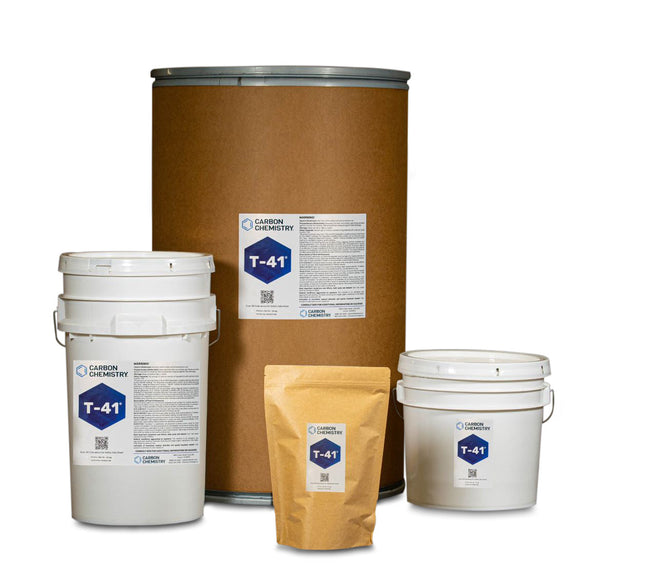
Carbon Chemistry T-41™ Acid Activated Bleaching Clay
Carbon Chemistry T-41™ Acid Activated Bleaching Clay Acid-activated bentonite clay (or activated bleaching clay) is used as an effective filtration media. The clay is rich in carbon, and it has a low pH. This product is most commonly used as a scrub or bleaching clay during oil purification, distillation preparation, pesticide removal, and product improvement including odor removal and visual improvement. Carbon Chemistry T-41™ Acid Activated Bleaching Clay - SDS
$182.38 - $6,128.02
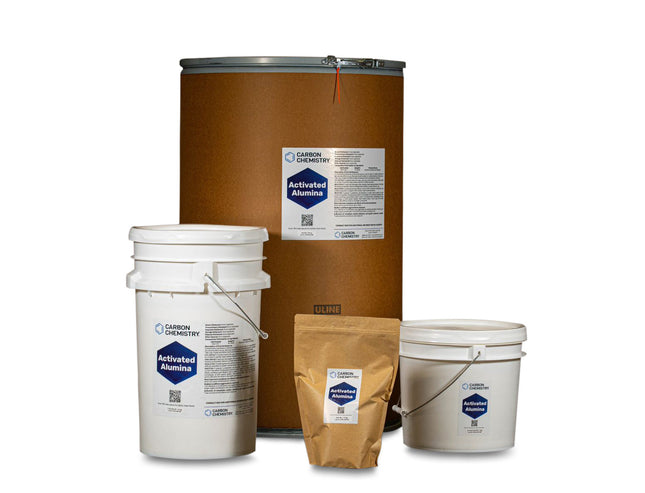
Carbon Chemistry Activated Alumina
Carbon Chemistry Activated Alumina Carbon Chemistry Activated Alumina powder is some of the highest purity and quality activated alumina on the market. Activated alumina can mainly be used as a filtration aid to remove fats, color, and polar compounds to produce a cleaner end product. Carbon Chemistry Activated Alumina - SDS Note: Bulk Bags and Bulk sizes are non-stocked items and will be ordered as needed and carry a several week lead time and require a forklift or pallet jack
$39.39 - $9,848.60
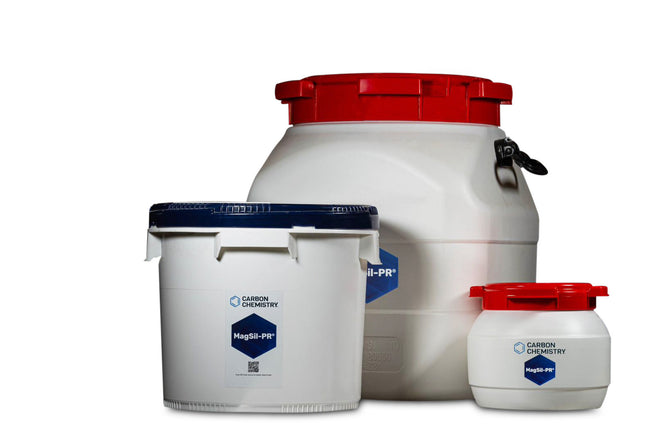
Carbon Chemistry MagSil-PR®
Carbon Chemistry MagSil-PR® Carbon Chemistry MagSil-PR® powder is some of the highest purity and quality MagSil-PR® on the market. Activated Magnesium Silicate (MagSil-PR®) lets you remove pesticides, improve color, and improve the clarity of your products, thanks to its powerful properties. Magnesium silicate will bind to polar, water-soluble compounds. Once these compounds have bonded with the MagSil, the solution can be filtered through a recommended, 20-micron mesh screen. Particle Mesh Size: 60/100 Carbon Chemistry MagSil-PR® - SDS
$226.15 - $2,845.15
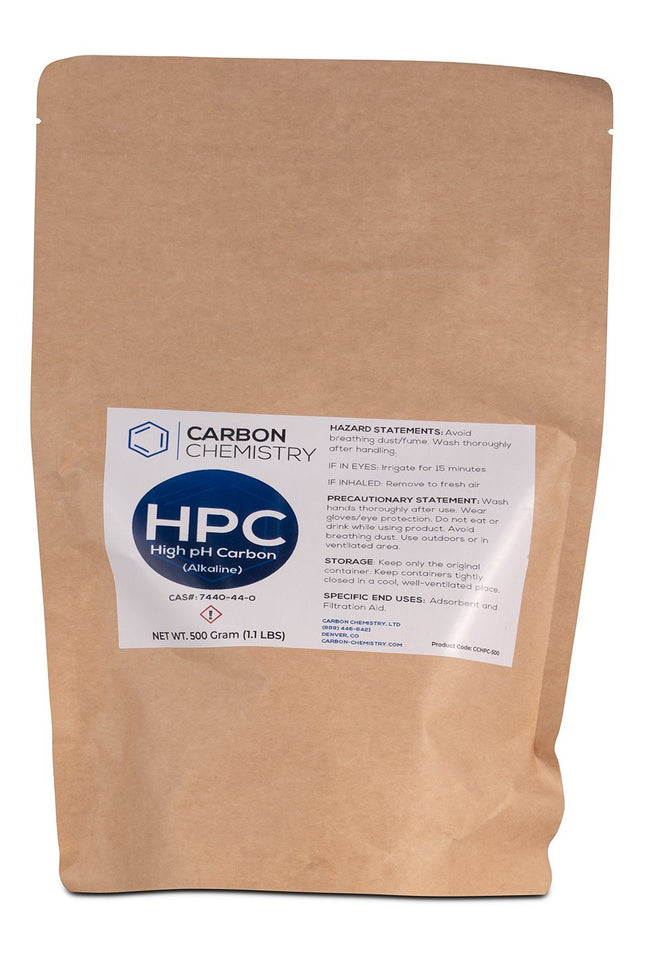
Carbon Chemistry High pH Carbon
Carbon Chemistry High pH Carbon Carbon Chemistry High pH Carbon powder is some of the highest purity and quality High pH Carbon on the market. High pH Carbon is an alkaline filtration media is most commonly used at the end of a scrub to balance out the pH and can add more remediation support in a solution. Carbon Chemistry High pH Carbon - SDS
$14.58 - $36.46
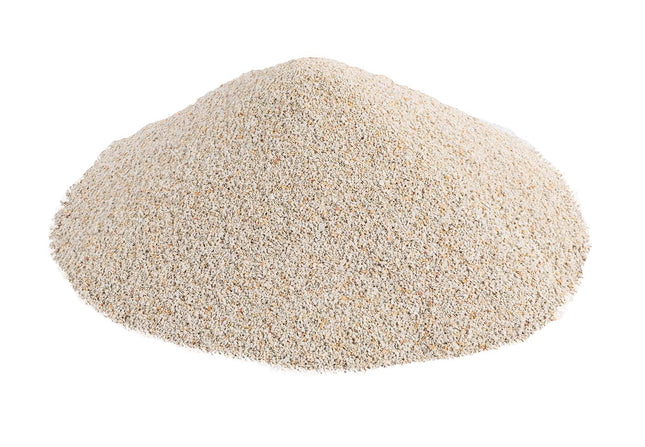
Carbon Chemistry ZeoClear™ Y
Carbon Chemistry ZeoClear™ Y ZeoClear™ Y is a granular attapulgite which has been thermally activated to remove impurities and maximize adsorption capabilities. An effect media for color remediation and general product improvement with high contaminant absorptivity. Key Features: Micron Size 250-595um Attapulgite granular media, alkaline medium Easy handling, fast flow, color improvement General product improvement with high contaminant absorptivity Color Remediation In-Line Filtration Hot Scrub Recirculate Granular Media FAQ: How do I use granular media? Zeolite adsorbents can be used inline during extraction with LPG solvents or in a hot scrub with non-polar solvents of higher BP like Heptane Is this a replacement for powders? The answer depends on what your processing goals are e.g. color removal, pesticide remediation, etc. Each adsorbent for filtration media will have its own unique set of properties including pH, pore size, polarity, surface area that make certain adsorbents more suitable to certain uses. Can I mix granular media and powders? Yes, you can either mix powders with granular media or place the granular media on top a bed of powdered media. This will however result in a more restricted flow which will require additional pressure to pass your solution through your filter cake. Do I need to bake the media? Media does not need to be baked prior to use but can be only superficial water will be removed which may improve performance. To remove superficial moisture, bake for 8hrs at 200C (392F) How do I know how much media to use? This will depend on a few variables such as the amount of your starting material, the age of your starting material, and desired color of your final product. How does the media need to be stored? before and after use. Before use; Keep container tightly closed and dry; store in a cool place. After use; Store in a well-ventilated area, this media is saturated with flammable/explosive solvent and can self-ignite if not not handled properly. Is the media safe to handle without PPE (Personal Protective Equipment)? Breathing must be protected when large quantities are decanted without local exhaust ventilation. When workers face exposure to dust exceeding the occupational exposure limits they must use appropriate certified respirators. Wear a NIOSH-certified (or equivalent) particulate respirator. What micron size filters are required? / The media is larger but are there fines? The media might be large but there are fine dust particles (about 5 million per lb.) that can get carried away in your solution and require separation. We suggest stacking a 5-micron filter on top of a 1-micron filter which will help keep your flow slow as well as filtering out any fine dust particles. The media didn't work, what did I do wrong? There is an exceptionally good chance you did not restrict your solvent flow enough. Try again with a much slower flow through your filter. Another variable you might consider adjusting is solvent temperature. Colder solvent will pull less lipids and waxes which can impede the efficiency of the adsorbent. Note: Bulk Bags and Bulk sizes are non-stocked items and will be ordered as needed and carry a several week lead time and require a forklift or pallet jack
$58.36 - $11,672.42
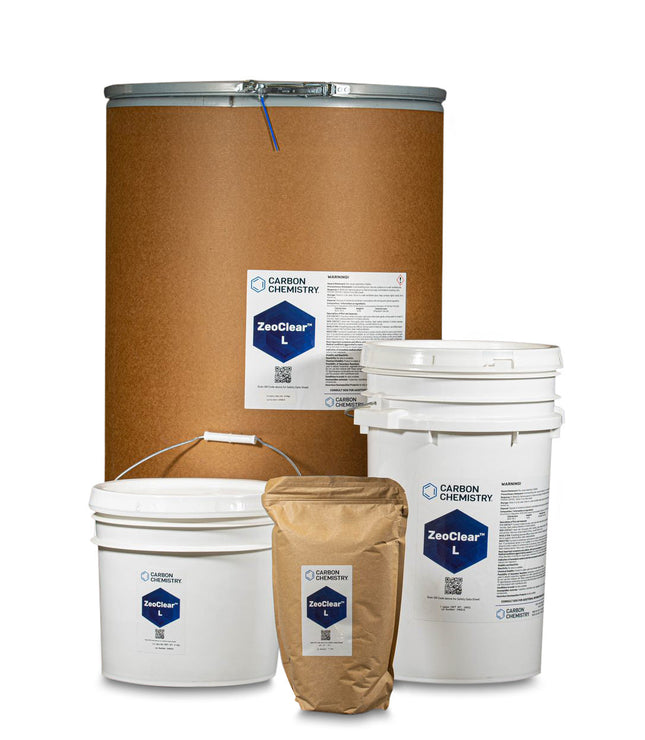
Carbon Chemistry ZeoClear™ L
Carbon Chemistry ZeoClear™ L Ideal for general product improvement, ZeoClear™ L is a highly effective media for color remediation and contaminant adsorption. It is commonly used for in-line color remediation from non-polar hydrocarbon solutions such as extracts in butane or propane. ZeoClear™ L can be used alone or tuned for less aggressive adsorption by combining with ZeoClear™ Y. ZeoClear™ L is a durable, naturally occurring granular attapulgite that has been thermally activated at high temperature to increase the porous surface area of its granules. This calcined magnesium aluminum silicate is a clay medium with an approximate grain size of 0.25mm and a neutral pH of 6.7. Download SDS
$51.07 - $9,192.03
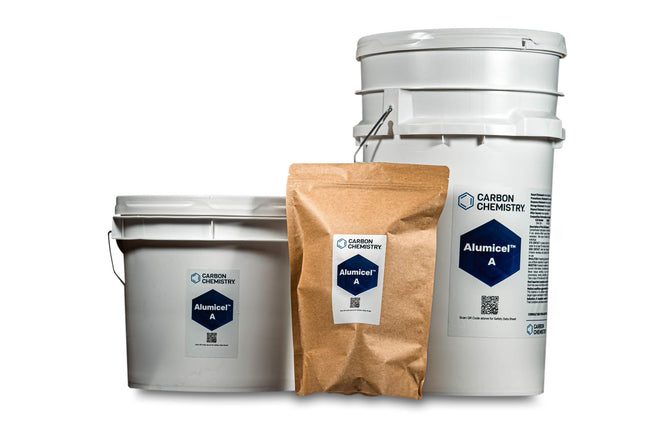
Carbon Chemistry Alumicel™ A
Carbon Chemistry Alumicel™ A Alumicel™ A Acidic; pH 4.7 Used for Chromatography Commonly used as an aid for decolorizing
$291.81 - $1,400.69
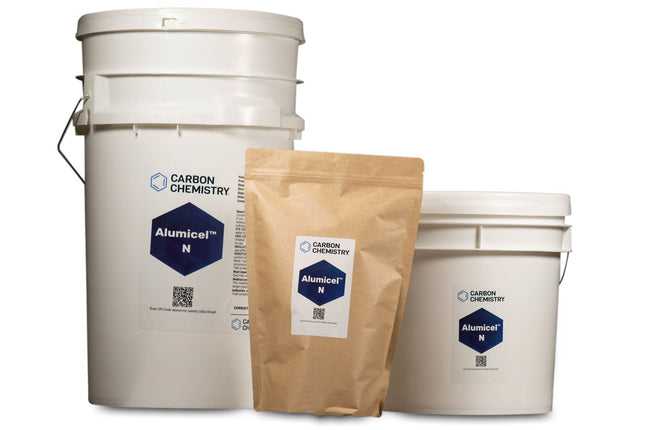
Carbon Chemistry Alumicel™ N
Carbon Chemistry Alumicel™ N Alumicel™ N Neutral; pH 6.7 Used for Chromatography Commonly used as an aid for decolorizing Download Safety Data Sheet
$291.81 - $1,400.69
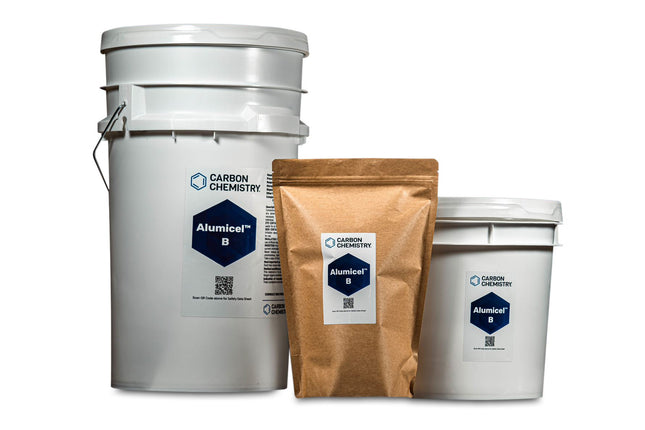
Carbon Chemistry Alumicel™ B
Carbon Chemistry Alumicel™ B Carbon Chemistry's Alumicel B is used in Column Chromatography to separate small molecules, peptides, and plant extracts. Basic; pH 9.9 Used for Chromatography Commonly used as an aid for decolorizing Download Safety Data Sheet
$145.91 - $700.35












